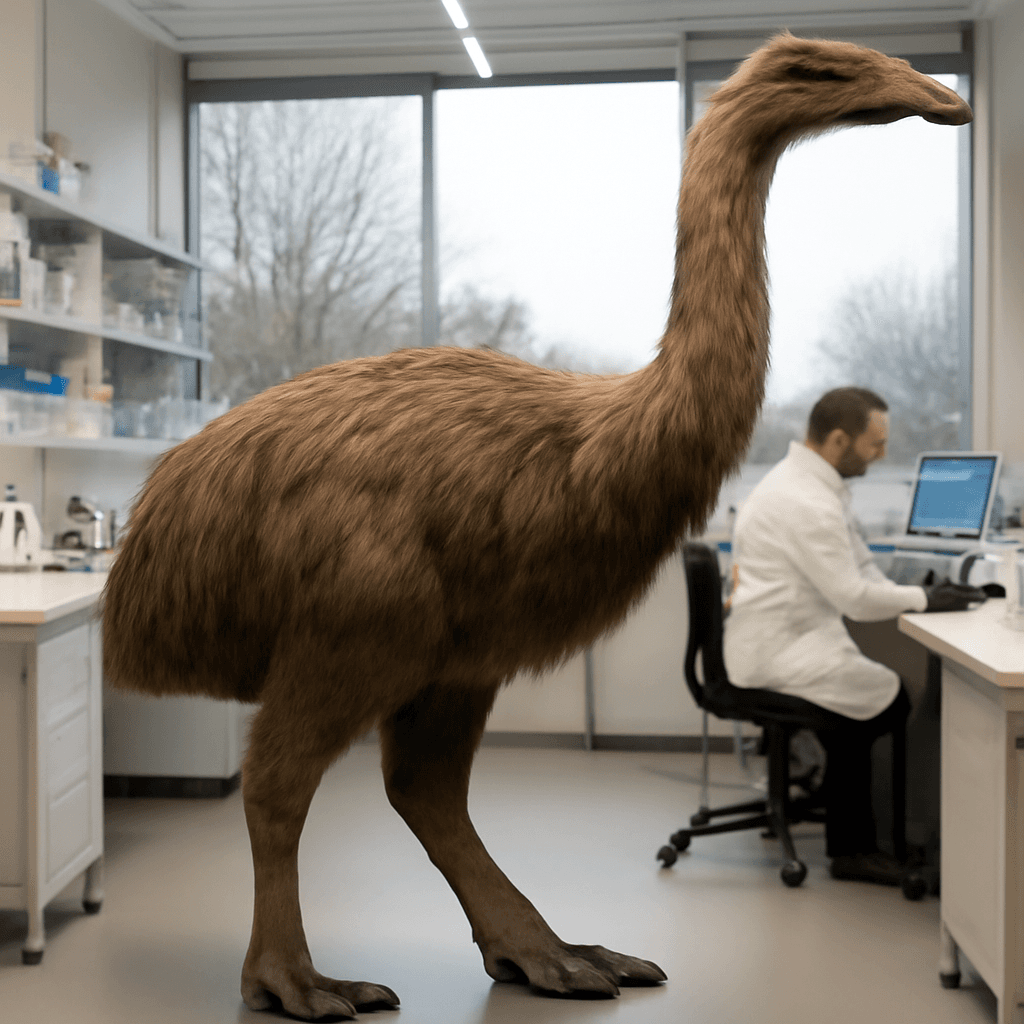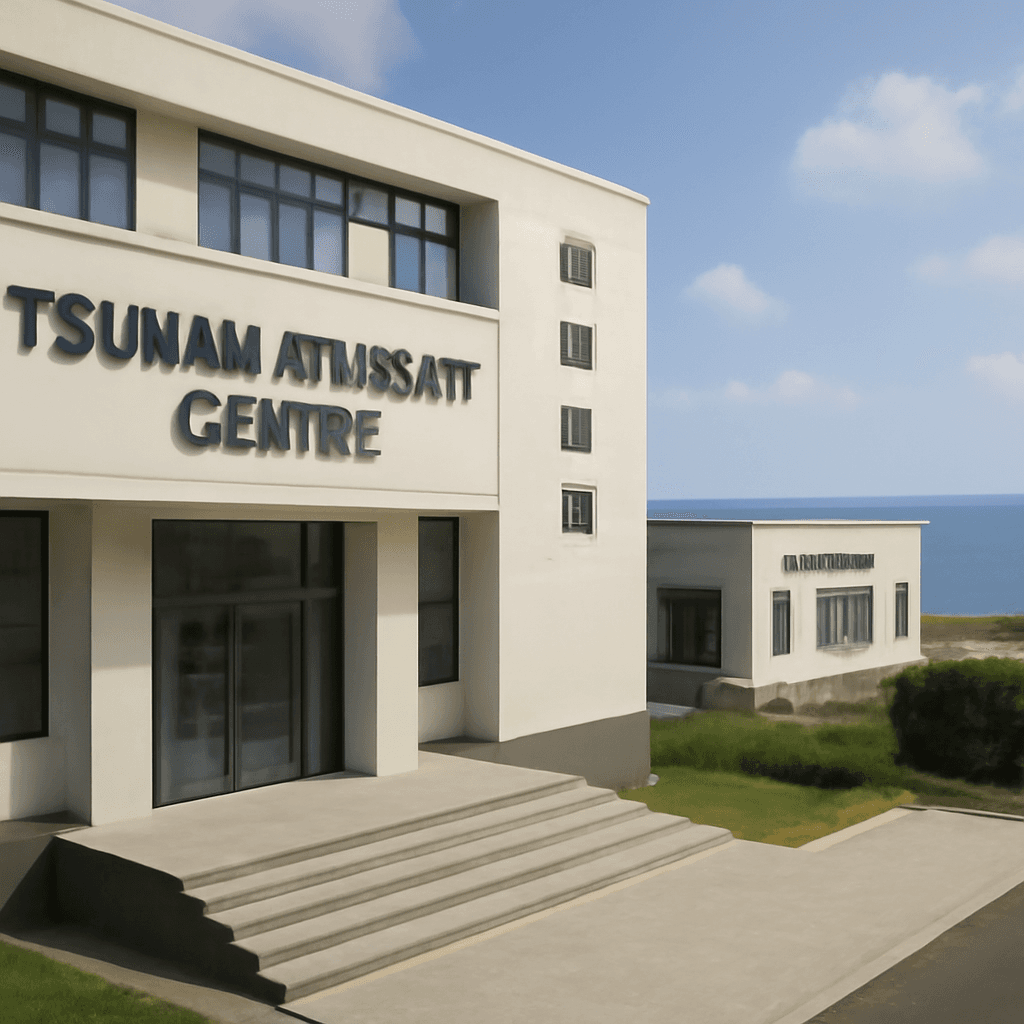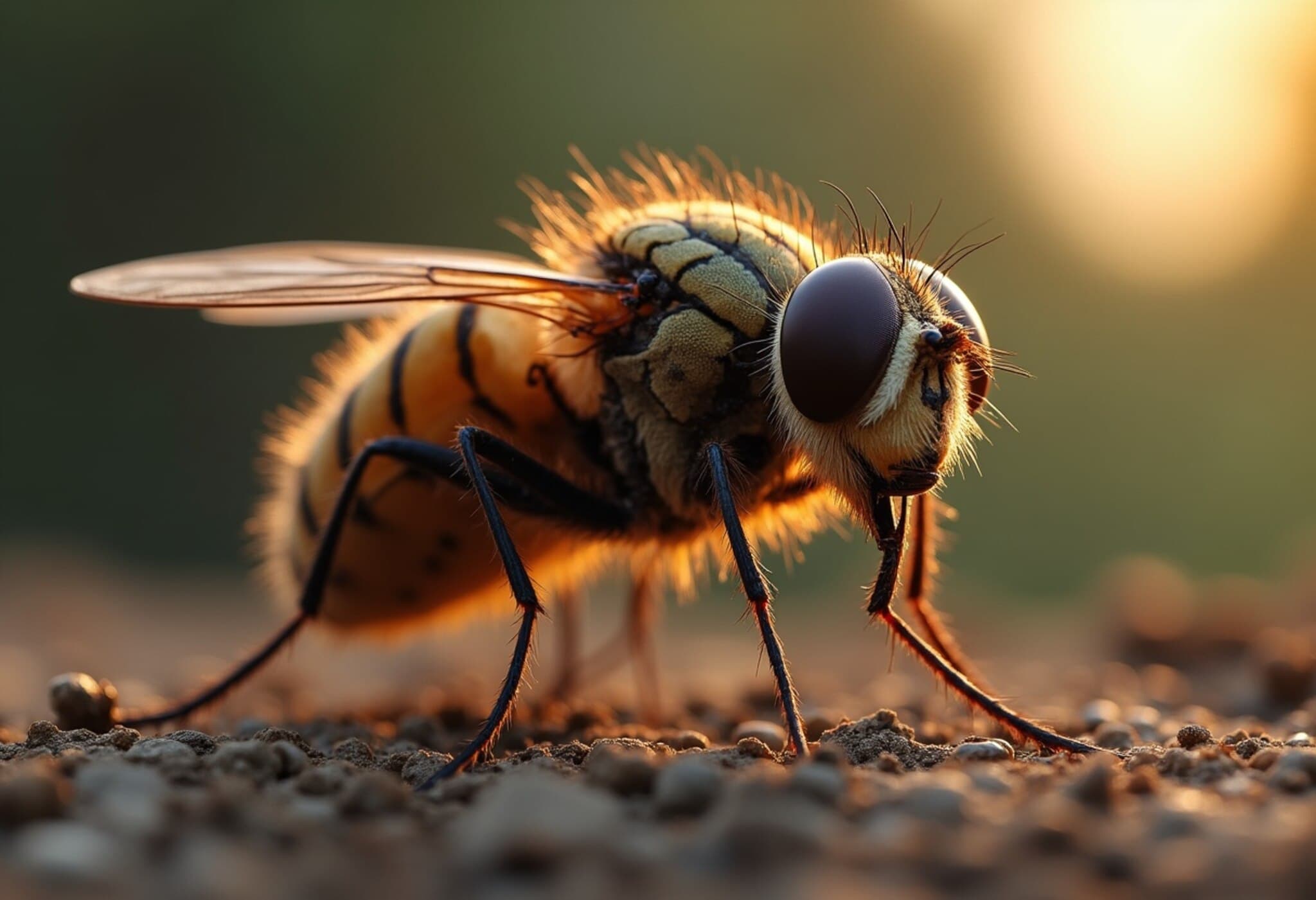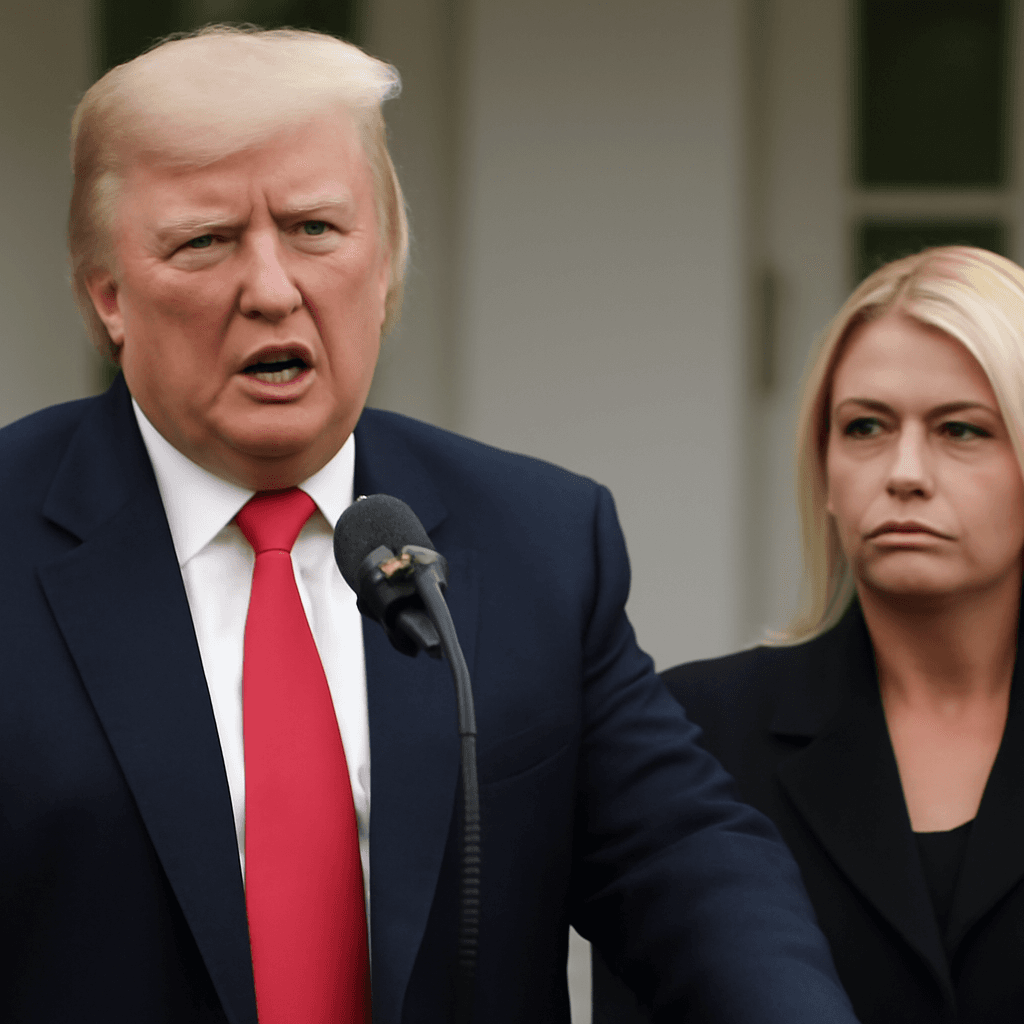Resurrecting the Past: The Giant Moa Revival Project
In a groundbreaking new scientific endeavor, researchers across New Zealand have teamed up to explore the possibility of bringing back the giant moa, an iconic bird species that vanished from the islands centuries ago. The giant moa, towering up to 12 feet tall and weighing around 230 kilograms, has long captured the imagination of scientists and the public alike. Now, advances in genetics and cloning technology have reignited hopes of seeing this colossal bird once again striding through New Zealand’s forests.
Why the Giant Moa Matters
The moa weren’t just any birds—they were a cornerstone of New Zealand’s unique ecosystem. Their extinction, largely driven by human hunting and habitat change following Polynesian settlement around the 13th century, left a void that has impacted ecological balances ever since. Restoring the moa could offer significant insights into the island’s prehistoric environment and potentially pave the way for novel conservation strategies.
The Science Behind Resurrection
This ambitious project hinges on extracting viable DNA from well-preserved moa remains housed in museums. Scientists are employing cutting-edge CRISPR gene-editing techniques and cloning methods, drawing on the genomes of the moa’s closest living relatives, such as the tinamous and ostriches. By piecing together these genetic blueprints, the team aims to engineer moa embryos potentially capable of development.
- Genetic Sampling: Carefully retrieving and sequencing DNA fragments from moa fossils.
- Gene Editing: Filling in genetic gaps using related species’ DNA to complete the moa’s genome.
- Cloning and Embryo Growth: Utilizing surrogate bird species to incubate the engineered embryos.
Ecological and Ethical Dimensions
While the scientific prospects are thrilling, the project inevitably opens debates within ecology and ethics communities. Experts caution about unintended consequences such as the introduction of an extinct species into modern ecosystems that have evolved without them for centuries. Moreover, ethical questions arise concerning animal welfare during the cloning and rearing process.
Dr. Emily Harris, a conservation biologist at the University of Otago, emphasizes, "Bringing back the moa isn't just about technological prowess—it requires a thoughtful approach to how these creatures might fit into today's environment and what responsibilities we bear towards them."
Implications for Global De-extinction Efforts
The giant moa project represents one of the most advanced and regionally significant efforts in the burgeoning field of de-extinction—aiming to reverse species loss through biotechnology. Success here could serve as a template for other countries grappling with extinct megafauna, influencing policies on biodiversity restoration worldwide, including potential applications in the United States with its own history of extinct species like the passenger pigeon.
Looking Ahead: Challenges and Opportunities
Despite promising progress, major hurdles remain. These include perfecting genetic reconstruction, ensuring surrogate species’ health, and integrating moa back into an ecosystem that has dramatically changed. Public engagement and transparent dialogue involving Maori communities, who hold strong cultural ties to the land, are crucial to the initiative’s future.
As technology races ahead, this project not only tests the limits of science but also challenges society’s relationship with nature, history, and the consequences of human intervention.
Editor's Note
The giant moa resurrection project stands at the fascinating intersection of cutting-edge science, ecological restoration, and cultural heritage. While the possibility of witnessing these majestic birds again captures the imagination, it raises important questions: How do we responsibly balance innovation with conservation ethics? Can resurrected species find a meaningful place in modern ecosystems? This unfolding story invites us all to rethink extinction—not just as an end, but as a potential new beginning.



















